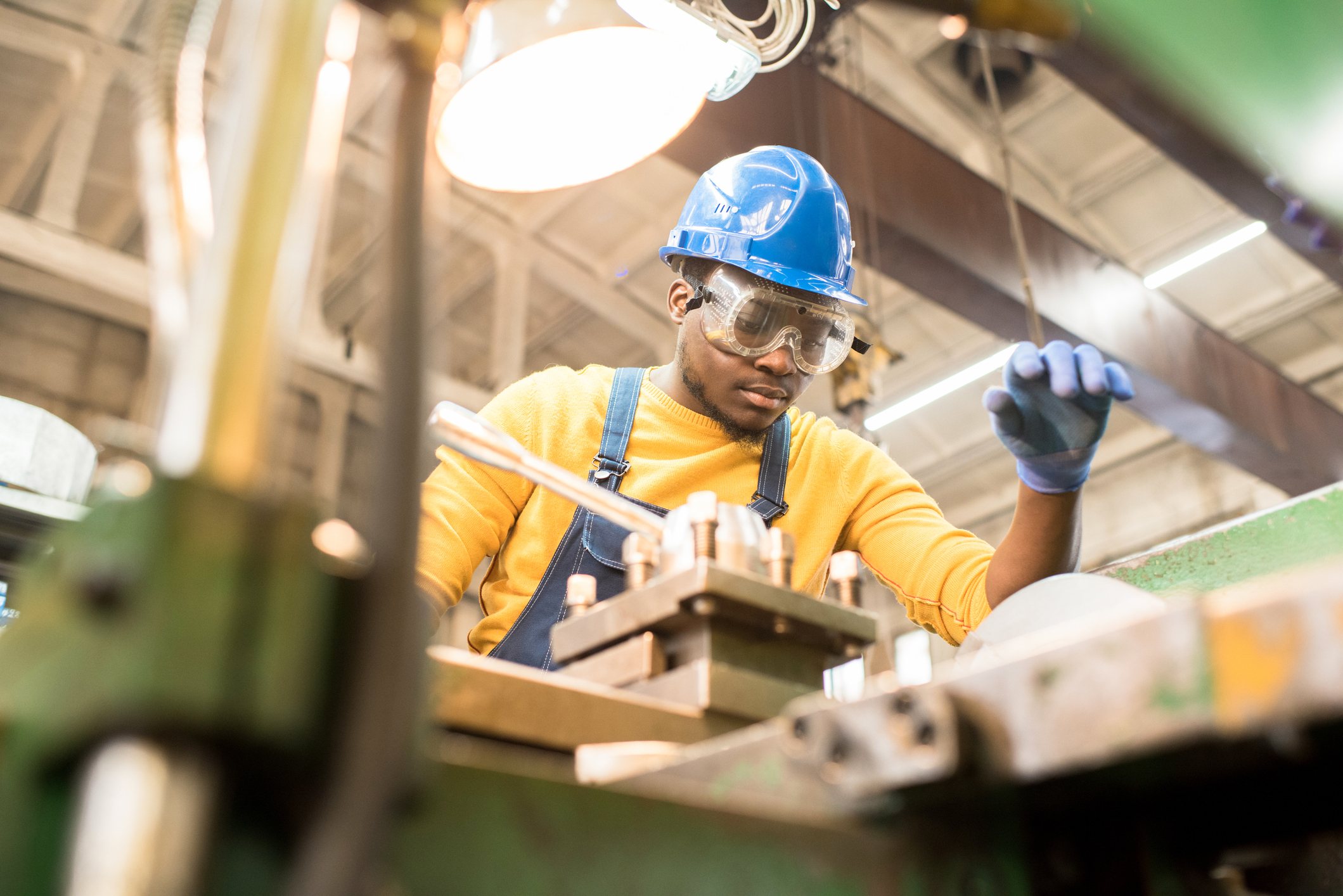There are many reasons for plant managers to consider automated packaging systems. One of the obvious benefits is the amount of time they can save. These systems can also reduce costs, and they may even reduce returns and damages.
The list of benefits goes on, but one of the advantages you may not think about is improved safety. An automated packaging system is safer than manually packaging products. It can reduce workplace injuries, which can help you improve productivity, lower costs, and make your warehouse a safer place to work.
So how does an automated packaging system help you reduce the number of workplace injuries? There are a few ways adopting automation can help.
Automated Packaging Systems Reduce Worker Fatigue
Many workplace injuries are linked to worker fatigue. The longer someone is on the floor, the more tired they become. Jobs like packaging can be physically taxing, which contributes to fatigue.
Someone who is tired may drop tools or heavy items, putting themselves at risk of injury. Tired workers may also show reduced awareness. They’re more likely to make mistakes in procedures. This can put them and fellow employees at risk.
Fatigue may also encourage workers to cut corners or skip steps so they can finish a task sooner. This can increase the likelihood of injury.
An automated packaging system doesn’t get tired. It can wrap pallets or strap loads continuously for hours. In turn, it reduces the amount of work your employees need to do in terms of packaging. This can reduce physical strain and fatigue, even as you wrap and strap the same number of loads.
Automated Systems Include Safety Features
Another way an automated packaging system can reduce workplace injuries by improving safety measures. Handheld tools cannot have the same safety features as automated machines that allow workers to be completely away from the strapping process.
Automated packaging systems can take over some of the more dangerous tasks, which means your workers aren’t in harm’s way. Improved safety features also make it less likely your team members will be harmed if they do need to complete a task or they do get tired. An automatic shutoff, for example, could turn the machine off when someone gets too close to nip points and other mechanical devices.
Replacing Dangerous Materials
Another way an automated packaging system could help reduce workplace injuries is by replacing materials like steel for safer ones such as polyester. Steel strapping poses a risk to your workers. It can snap and cause eye injuries. Sharp edges can cause cuts. Your workers must have proper safety equipment to handle steel strapping, and even then it can still be dangerous.
Polyester strapping, on the other hand, is easy to use and has a lower risk of injury. An automated system can make use of polyester, especially since polyester is incredibly versatile.
Proper Training for Employees
Automated packaging systems can help reduce workplace injuries via training. If you’re switching to a new system, you’ll need to train your employees to use the new equipment.
With training manuals, demonstrations, and even manufacturer support, you can ensure your team is using the new equipment as it’s intended to be used. This improves safety. It’s more likely that employees will be aware of and follow approved protocols designed to keep them safe.
Teaching employees to use any equipment safely is important. The automated system can take safety to the next level by including more safety features and reducing your employees’ risks.
Discover the Benefits of Automation
Automated packaging systems do more than just speed up productivity and lower costs. They can make your plant a safer place to work for everyone on the floor.
If you believe an automated packaging system might be the right move for your plant, get in touch with the experts to learn more about your options.



